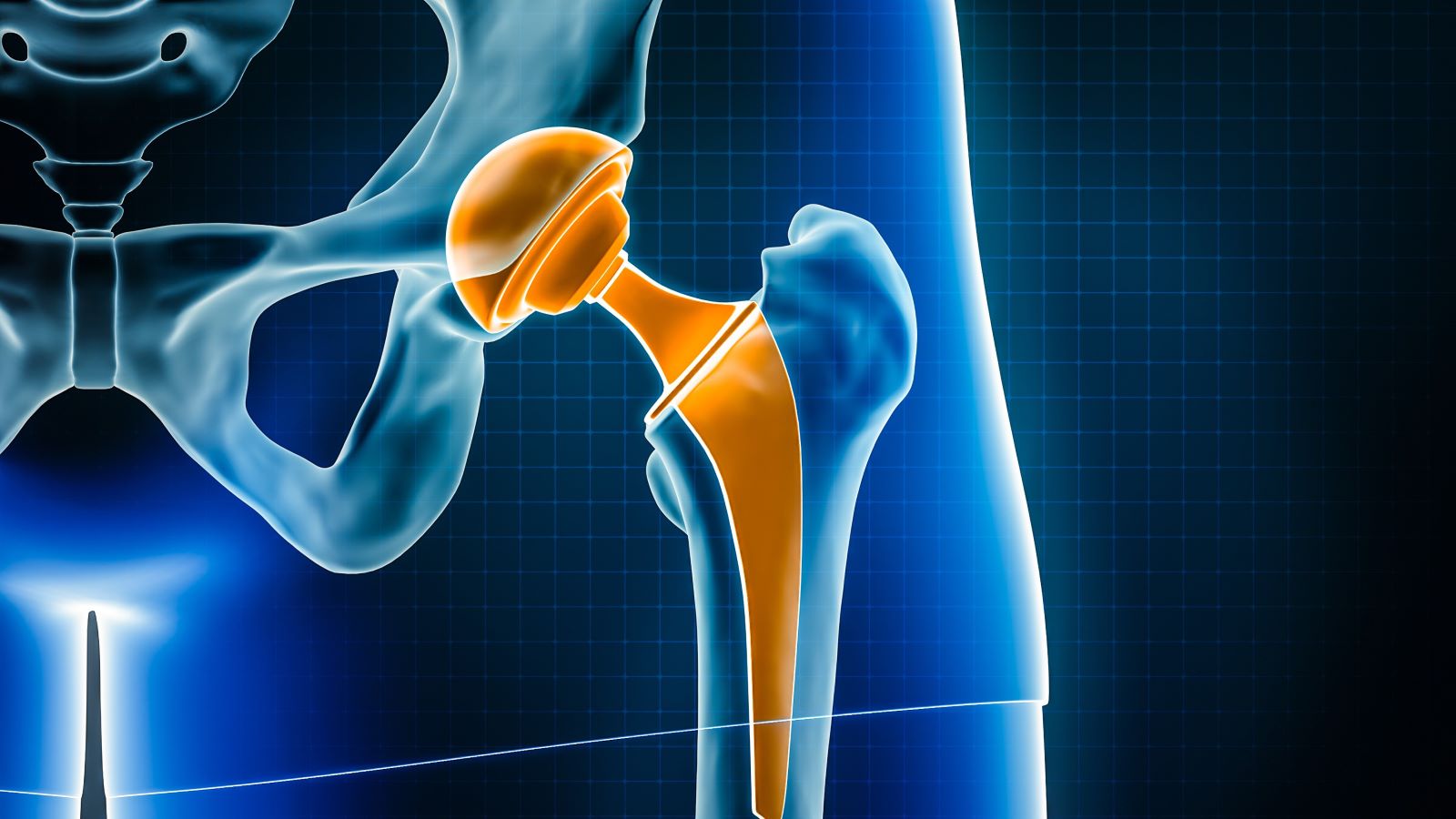<< Back
Which Type of Hip Replacement Is Right for Me?

December 21, 2023
In health and in life, we are so often torn between tough decisions. Fortunately, choosing a type of hip replacement surgery usually isn’t one of them.
Amy Wasterlain, MD, an orthopedic surgeon at the Connecticut Orthopaedic Institute at MidState Medical Center, explains what to expect if you have arthritis and are considering a hip replacement.
Total, partial or resurfacing? For most people with arthritis, total.
Technically, there are three tips of hip surgery: total replacement, partial (or “hemi”) replacement, and hip resurfacing.
But unless you’ve broken your hip and are reading this from the emergency room, you probably want the first one.
“For most people, total hip replacement is going to be the correct answer,” says Dr. Wasterlain.
> Related: The Truth Behind 6 Common Arthritis Myths
What’s the difference between each type of hip replacement?
- Total hip replacement both replaces the ball of the hip joint and modifies the socket it fits into, creating an artificial joint. “Total replacement is usually the most common and appropriate choice for hip arthritis or other degenerative conditions,” says Dr. Wasterlain.
- Partial hip replacement doesn’t help with arthritis. It’s often for elderly patients who’ve broken a hip and need urgent surgery. “Partial hip replacements tend to only be successful for about nine years, so most people who are active adults with arthritis are going to live longer than that,” says Dr. Wasterlain. “Moreover, it only replaces the ball of the hip joint, not the socket. If you have any damage at all to your socket, which most people do, it’s not going to help.”
- Hip resurfacing is bone-preserving, and may last longer than a total hip replacement. But it comes with several major downsides, like a more invasive surgery, and the possibility of small metal debris building up in your soft tissue over time. Plus, most people aren’t candidates simply based on anatomy: “Hip resurfacing is typically reserved for large male athletes, because these implants work better if you have large bones,” says Dr. Wasterlain.
For total hip replacement, expertise matters more than approach.
For total hip replacements, a surgical team will either use an anterior approach — an incision through the front of the hip, which avoids cutting any muscles — or a posterior approach, through the back of the hip. They may or may not use robotic surgery.
In skilled hands, all of the above lead to the same successful long-term outcomes. The key is finding the right team.
“Your surgical team matters more than the approach or robotic technology,” says Dr. Wasterlain. “Pick a surgeon that really specializes in hip replacements and does at least 100, ideally more, per year. Then let them do whatever approach they do best.”
And look forward to the benefits.
“Hip replacement has been shown to be one of the most successful procedures in terms of quality-of-life improvement, right up with open heart surgery,” says Dr. Wasterlain. “So many people say that it’s completely life-changing.”